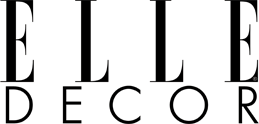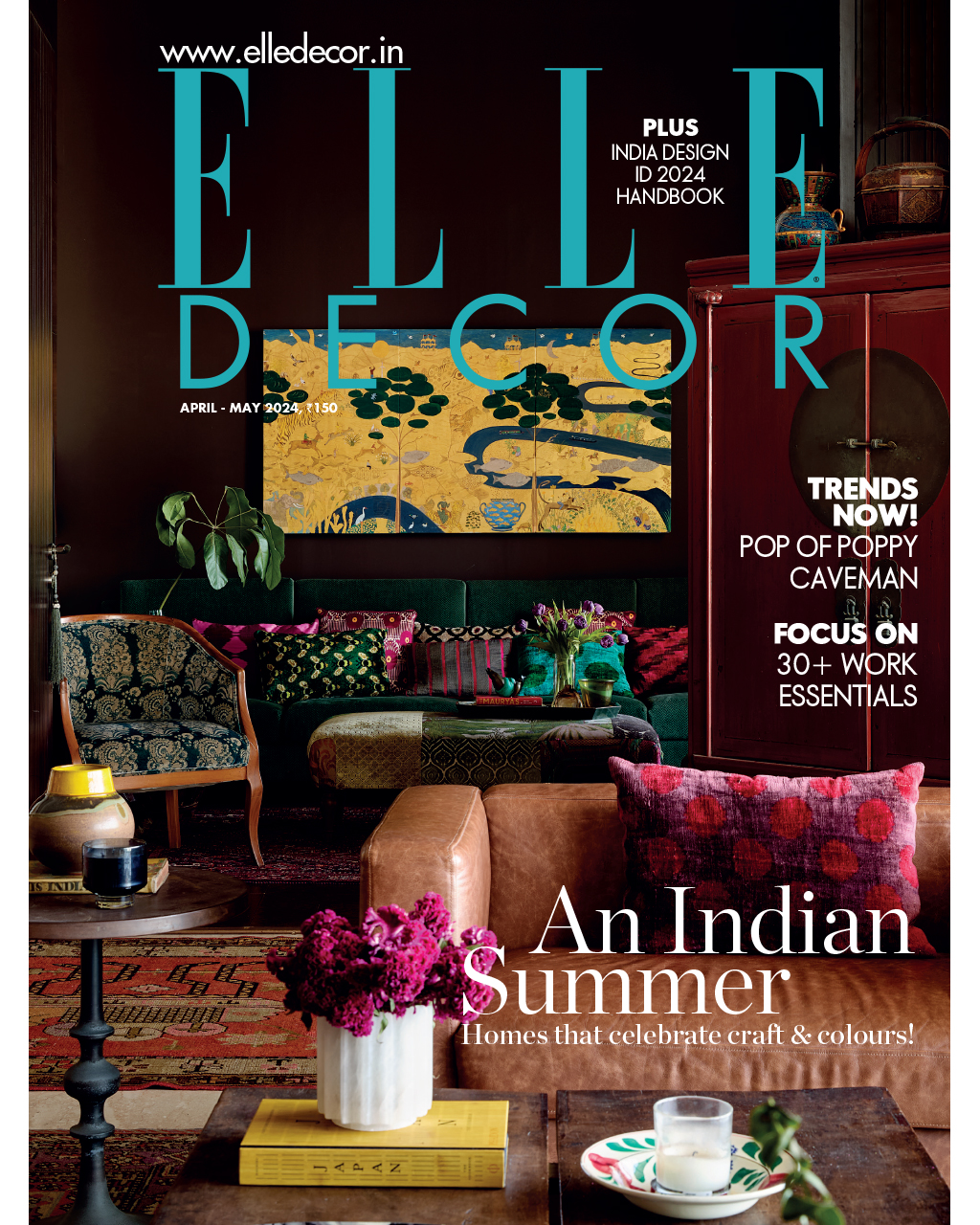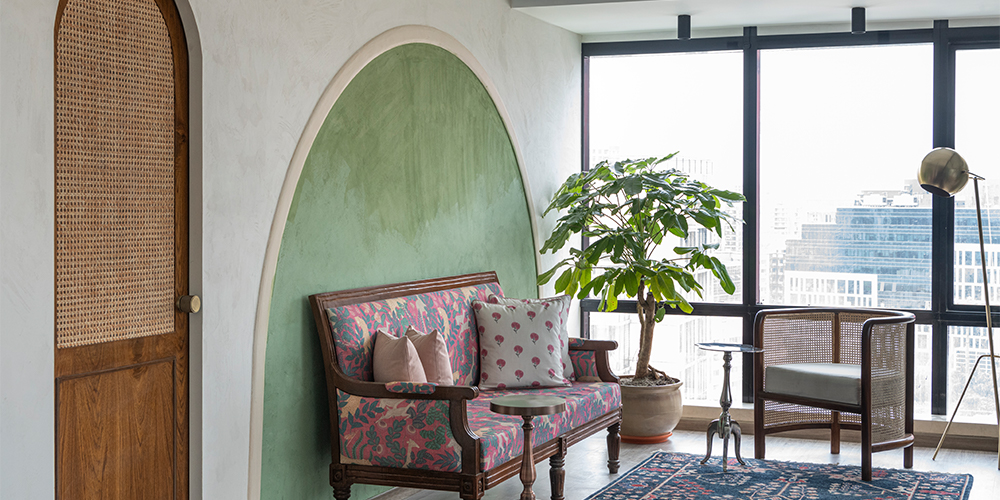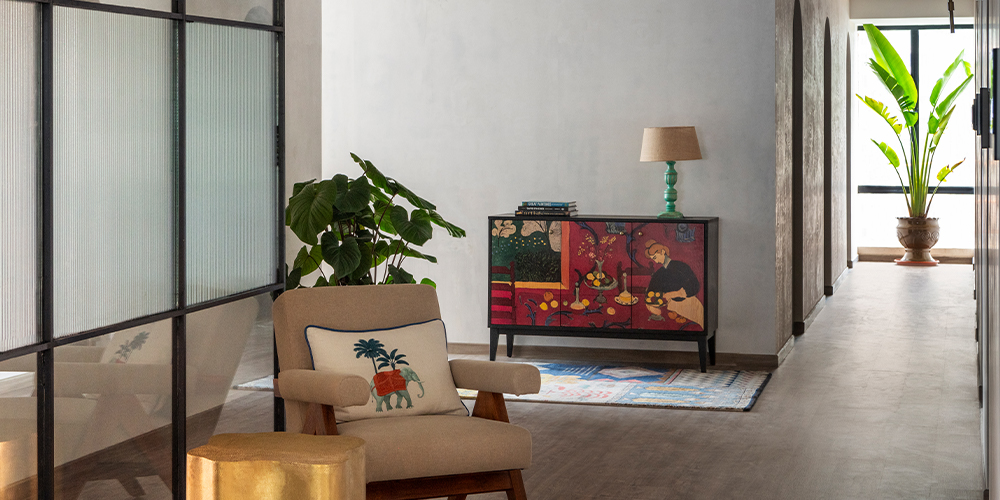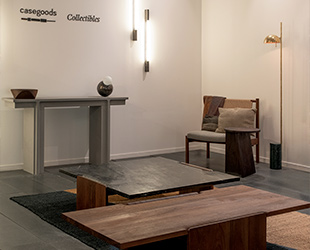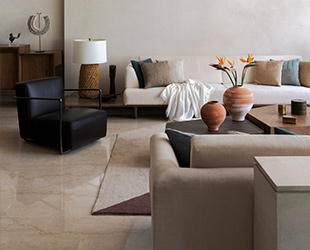Design
This Mumbai office by The Last Goldfish is a lesson in remodelling with a maximal lens
FEB 26, 2024 | By Bindu Gopal Rao
Workspaces, interestingly, are always on the threshold of being personal yet for everyone else who steps inside. It is a potpourri of uninhibited design ideas as well as the primary function that the office has been created for. The Last Goldfish’s Karan Anand Shandilya, along with Rushil Bhatia and Pragati Negi contemplated on a similar thought while designing Feed the Wolf’s latest 4,000 sq ft office in Mumbai.
Located in the suburb of Andheri, owners Mamta Bahirvani and Siddharth Pande’s brief was clear. They wanted an office for their walk-in clientele, renowned celebrities, directors and producers from the film and television industry. All, while maintaining their singular identity.
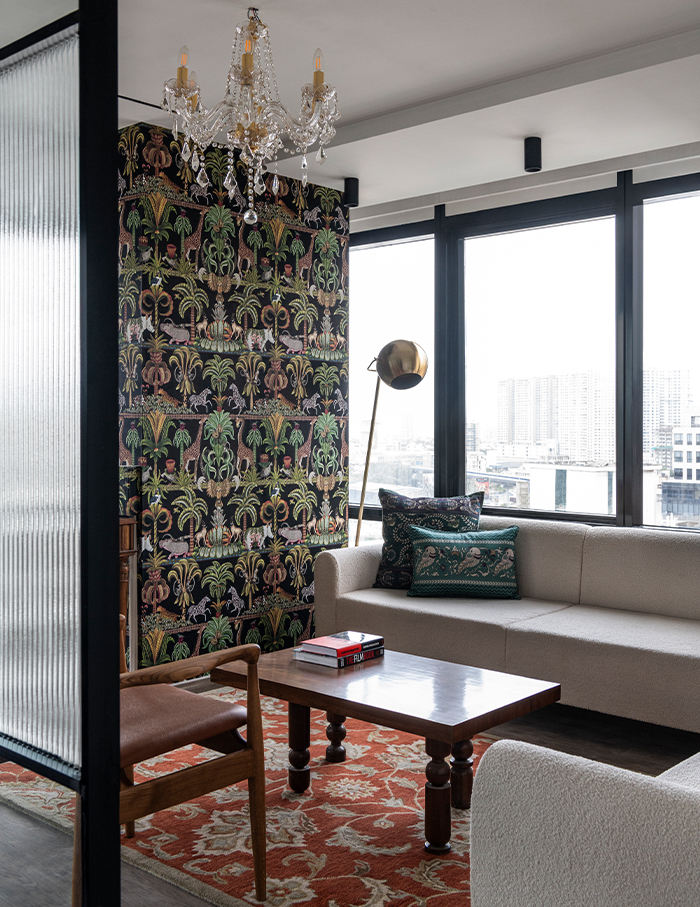

Discussions with the team at The Last Goldfish led to a space that reflects a beguiling palette of earthy and maximalist elements, textures and materials. “Unlike most of our previous designs, we took a maximalist angle in the styling of this space. However, instead of complementing maximalism with marble, crystal chandeliers and other rich materials and colours, we used rattan, limewash and wood to create a contrast in elements that merge,” divulges Karan.
Doused in details
The office was initially two different spaces that needed to be made into one. Thus began its deconstruction and reconstruction. The entry reveals an olive green panelled door leading to the reception.

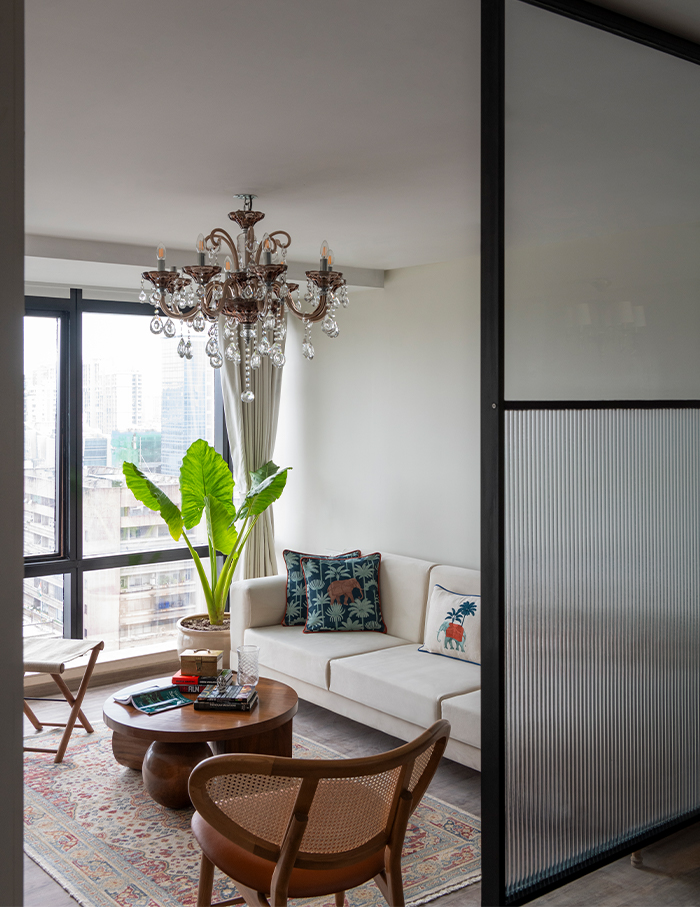
The reception table with an arch layered with a Sabyasachi print sits in front of a minimally lime washed wall. “Moving to the right, the office has ten edit rooms. We used panelling inspired from a trip we took to Copenhagen and each cabin has maximalist wallpapers on top of this panelling. The doors to the edit rooms have been arched and have rattan and veneer as design elements,” elaborates Karan.
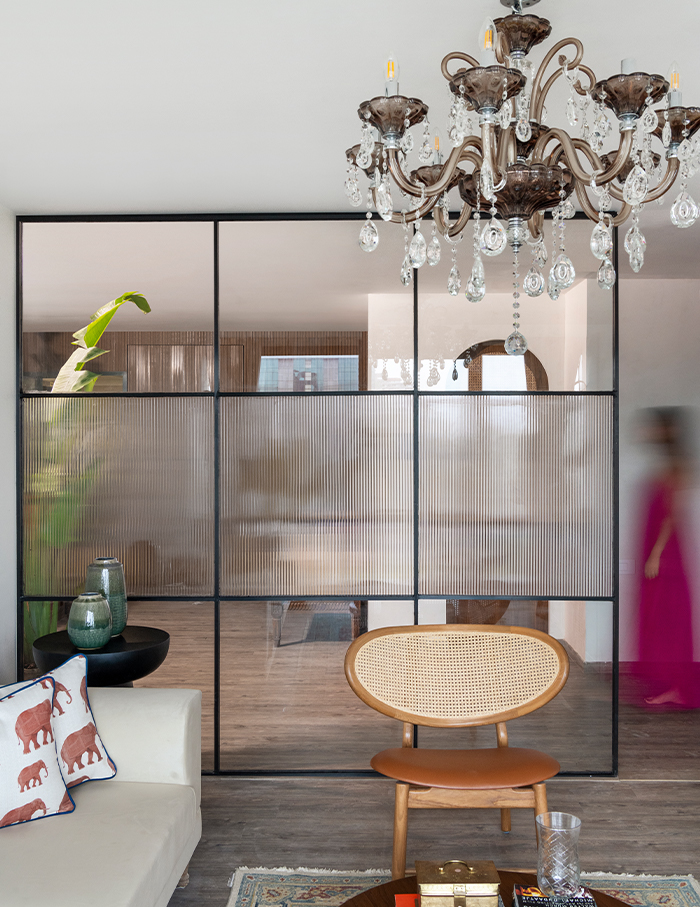
Inspiring elements to bookmark
The combination of earthy materials and shades of wood, rattan, stone, complemented with fluted glass, wooden furniture, veneer with maximalist wallpapers and fabric define the aesthetics of this office. The entire flooring is done with greyish brown wooden flooring. The edit rooms have ornate Jaipur Rugs on the floors to cut the starkness of the browns, rattans and limewash.

“This was a major challenge for us as the edit rooms were only 120 sq ft each. These cabins would be used not just by employees, but by their clientele for multiple hours in a day,” says Karan.
Of fluted glass and Parisian lampshades
Next to the edit rooms is the pantry and dining area for the staff, which reflects the same principles as the rest of the space. “We created a large concrete table with antiquated wooden legs. The lights over the table are Parisian lampshades with a brass holder. We wanted to create warmth and make this space not look like an office at all,” says Karan.
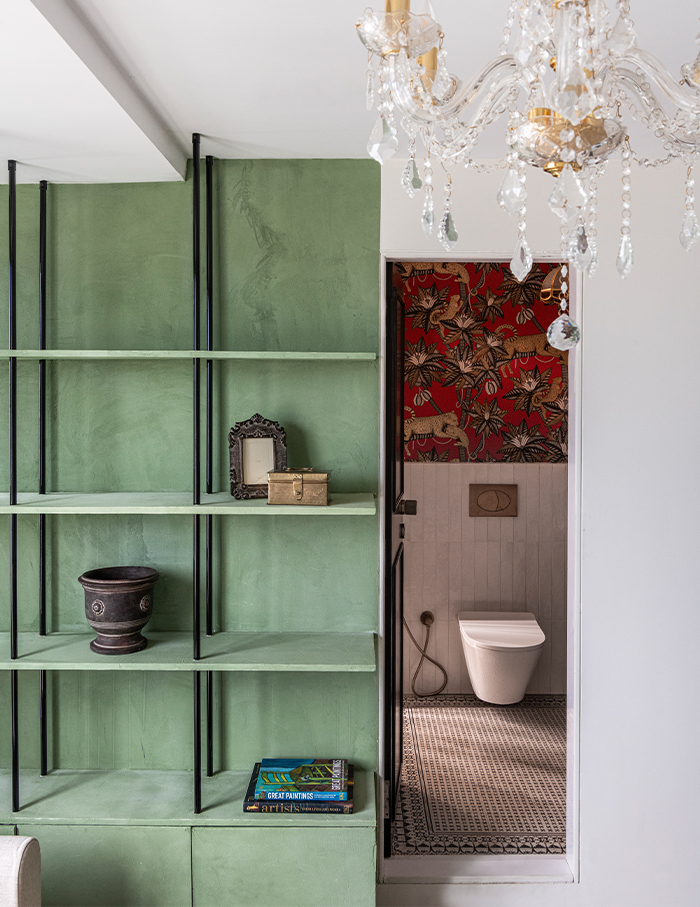
The other end of the office unfurls larger cabins with a combination of fluted glass and clear glass partitions — a consequent synergy between the individual corners and the directors’ workspace.
You may also like: 9 office interiors that lend a stylish spin to conventionality

